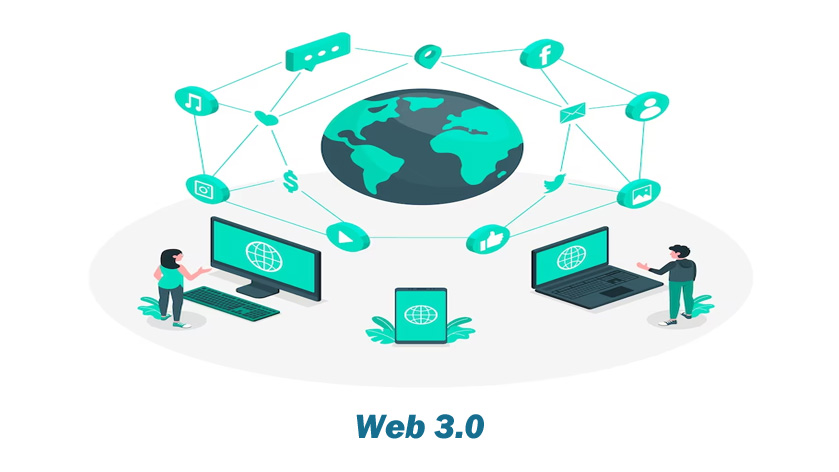Web 3.0 is also called Web3. It is the third generation of the World Wide Web. It is based on particular details of set principles, values, and technical parameters. In Web 3.0, the people are in control of their data, and 3.0 envisions a world without a centralized company.
When you look at the performance, Web3 will be slower than Web 2.0, especially at the beginning, since there is no one centralized server rather than multiple servers. We are in the process of moving from 2.0 to 3.0.
What are the Factors of Web 3.0?
It helps in developing computers with artificial intelligence. When discussing artificial intelligence, 3.0 will surpass interaction 2.0 and create an excellent experience for seamless and intuitive people. If we see this from the user’s perspective, this is an excellent advancement in machine learning and AI. It will be able to support multiple users at once.
Web 3.0 is expected to understand better and interpret user queries. This involves shifting towards a “semantic web” where machines present and understand information, allowing for more meaningful interactions.
The use of intelligent agreements on blockchain platforms, such as Ethereum, enables self-executing contracts with the terms of the agreement directly written into code.
Web3 seeks to improve interoperability between different platforms, applications, and services, allowing for seamless data sharing and communication across the web.
Web 3.0 might involve a more immersive web experience, incorporating augmented reality (AR) and virtual reality (VR).
Conclusion
It’s essential to note that the term “Web3” can be used in various contexts, and there isn’t a universally agreed-upon definition. The evolution of the web is an ongoing process, and the features and technologies associated with Web3 may continue to evolve as innovations emerge. In Web 3.0, the people are in control of their data, and 3.0 envisions a world without a centralized company.

